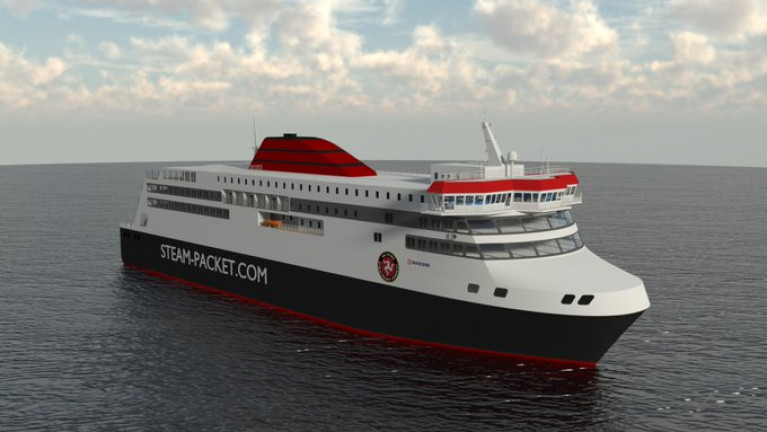Displaying items by tag: MD on standards
New Isle of Man Vessel Will 'Usher in New Standard' for Ferry Travel
The Isle of Man Steam Packet's managing director claims a new flagship vessel will usher in a new standard of ferry travel.
Construction is underway on the Manxman, (see: Shipyards steel-cutting ceremony) and which is expected to start operating in 2023.
The newbuild ro-pax will replace the Ben-my-Chree and with the project costing around £78m.
Brian Thomson says the new ferry will be an exciting upgrade.
ManxRadio also has a podcast on what the MD has to say.
























































